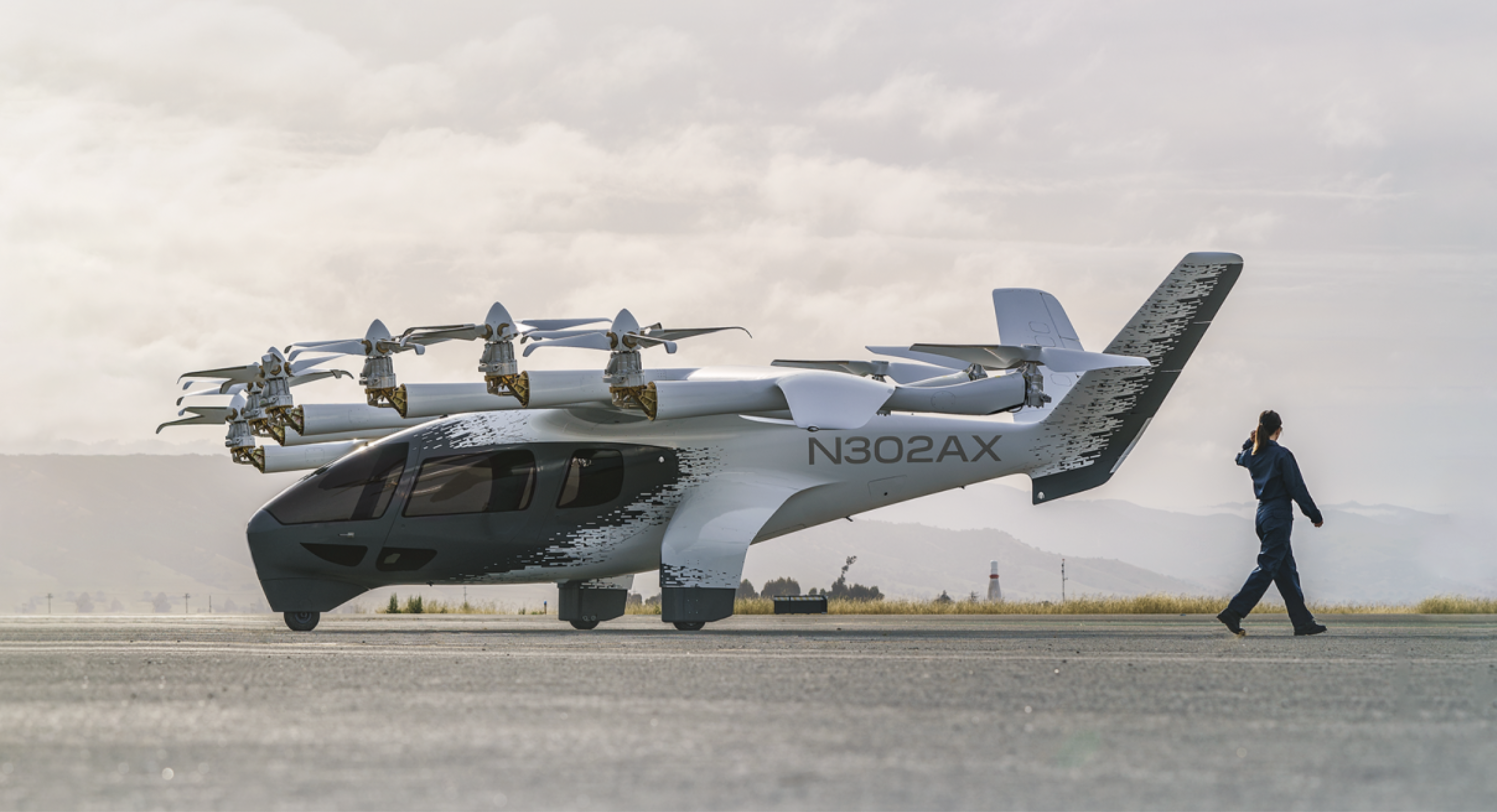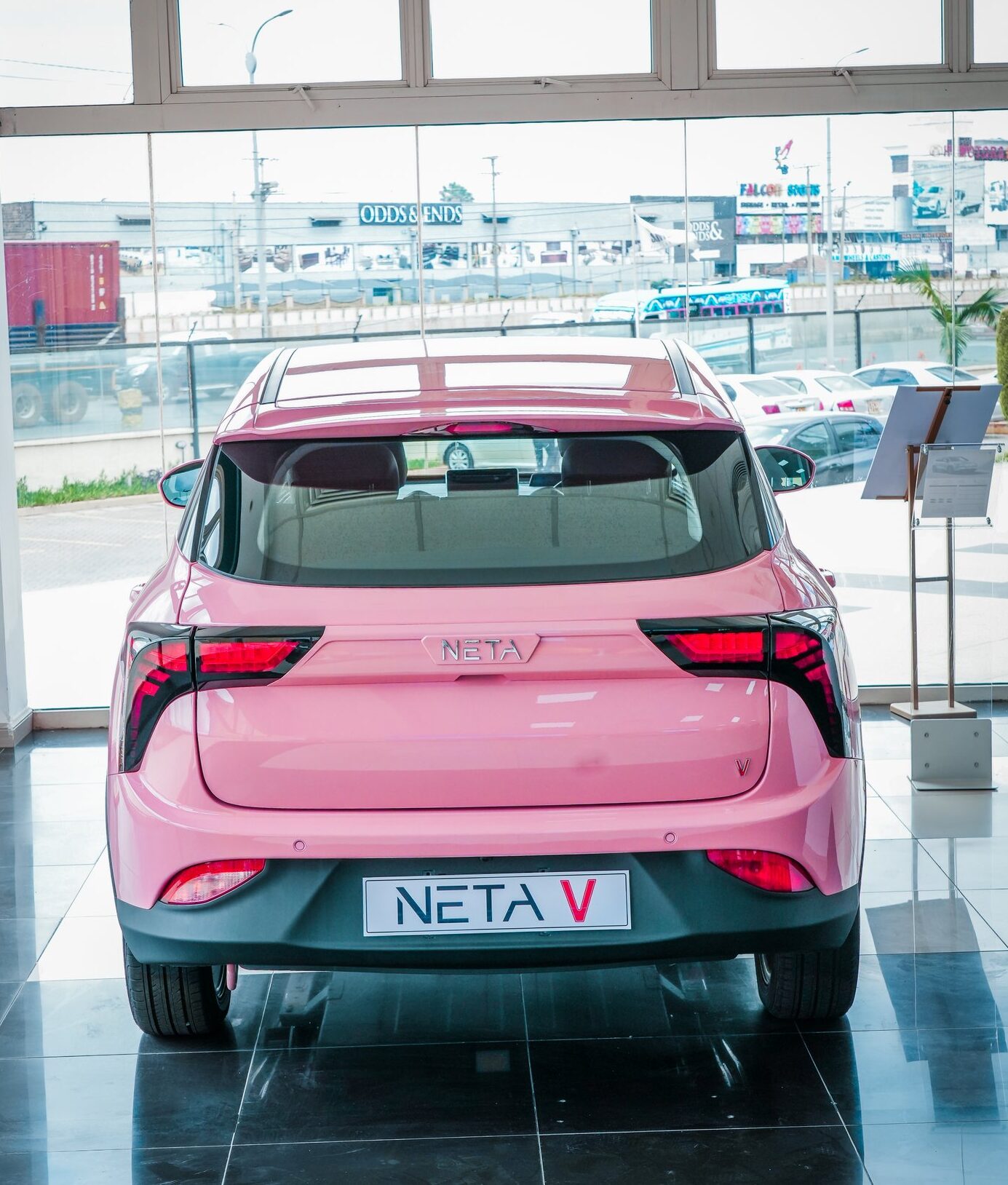Sign up for daily news updates from CleanTechnica on email. Or follow us on Google News!
There is a movement afoot in the US and elsewhere that bashes solar panels on farmland as an affront to the Almighty and a stain on the bucolic look of farming communities — as if 100,000 gallon lagoons filled with pig excrement are a joy for nearby neighbors. Defenders of farming as it was a century ago never stop to think that spreading millions of tons of pesticides and fertilizer each year may actually degrade the land along with the lakes, rivers, and aquifers nearby. Somehow for these people, agrivoltaics — the installation of solar panels on farmland — destroys their precious way of life, little realizing that floods and droughts are impoverishing more farmers every year as average global temperatures increase.
Solar panels are simply another way of harvesting sunlight the way crops do. A solar farm is just that — a farm that converts the rays of the sun into energy just as photosynthesis does. Is that such a hard concept to grasp? It is if you allow yourself to be influenced by fossil fuel sponsored pressure groups who masquerade as local but are organized by apologists for the coal, oil, and methane industries at the national level.
Agrivoltaics Put To the Test
In 2017, scientists from the Department of Energy’s Argonne National Laboratory in Illinois and the National Renewable Energy Laboratory in Colorado converged on southern Minnesota to find out if a solar farm could do double duty by not only making renewable energy but also enhancing agricultural activities such as growing alfalfa or grazing sheep between the rows of panels. They also wanted to find out if a solar farm could turn neglected, low yield farmland into a combination energy factory and wildlife habitat.
The following year, researchers began systematically scouring the areas to tabulate all the insects they could find. Through 2022, they visited the same strips of grass and flowers four times each summer during peak flower season, tracking the number and types of insects to see if bugs took to a landscape covered in solar panels. Within a few years, the area was teeming with insects. In fact, the total number of insects had tripled. By the end of five years, the population of native bees such as bumblebees and little sweat bees had soared to more than 20 times their initial tiny numbers.
Their findings were published in the journal ResearchGate last December. Here is the abstract from the study:
Global declines in insect populations have important implications for biodiversity and food security. To offset these declines, habitat restoration and enhancement in agricultural landscapes could mutually safeguard insect populations and their pollination services for crop production. The expansion of utility-scale solar energy development in agricultural landscapes presents an opportunity for the dual use of the land for energy production and biodiversity conservation through the establishment of grasses and [flowering plants] planted among and between the photovoltaic solar arrays (“solar-pollinator habitat”).
We conducted a longitudinal field study across 5 years (2018-2022) to understand how insect communities responded to newly established habitat on solar energy facilities in agricultural landscapes by evaluating
(1) temporal changes in flowering plant abundance and diversity
(2) temporal changes in insect abundance and diversity
(3) the pollination services of solar-pollinator habitat by comparing pollinator visitation to agricultural fields near solar-pollinator habitat with other agricultural field locations.
We found increases over time for all habitat and biodiversity metrics — floral rank, flowering plant species richness, insect group diversity, native bee abundance, and total insect abundance, with the most noticeable temporal increases in native bee abundance. We also found positive effects of proximity to solar-pollinator habitat on bee visitation to nearby soybean (Glycine max) fields.
Bee visitation to soybean flowers adjacent to solar-pollinator habitat were comparable to bee visitation to soybeans adjacent to grassland areas enrolled in the Conservation Reserve Program, and greater than bee visitation to soybean field interior and roadside soybean flowers. Our observations highlight the relatively rapid (<4 year) insect community responses to grassland restoration activities and provide support for solar-pollinator habitat as a feasible conservation practice to safeguard biodiversity and increase food security in agricultural landscapes.
Gee, solar panels can actually be good for the farms and farmers, including those with adjacent farmland. Who’d a thunk such a thing was possible, huh? Certainly not the fossil fuel funded interest groups trying to scare people with lurid tales about the dangers of solar farms.
“This research highlights the relatively rapid insect community responses to habitat restoration at solar energy sites,” Lee Walston, a landscape ecologist at Argonne who led the study, told Anthropocene magazine. “It demonstrates, if properly sited, habitat-friendly solar energy can be a feasible way to safeguard insect populations and can improve the pollination services in adjacent agricultural fields,” he said.
The researchers didn’t check to see how the insect numbers on the solar farm compared to nearby farmland set aside under the federal government’s Conservation Reserve Program, but did note that experiments elsewhere have shown that insect numbers on restored land could match nearby grasslands within just four years. The rise in insect diversity in those experiments was similar to what they witnessed.
The Takeaway
What the anti-solar agitators refuse to take into account is that the income from a solar farm can be the difference between making a living and going bankrupt for many farmers. Farming is a hard row to hoe — no pun intended. Today it is made harder by flooding or droughts that can lead to lower yields or even the loss of entire harvests.
Farmers need to be able to maximize their income anyway they can. We don’t see anyone yapping when the fracking trucks come to town to drill for oil or methane. Why the furor over solar? It is always interesting when people with no skin in the game think they have a license to tell others what they should or should not do with their land. Are they paying the taxes, buying the seeds and fertilizer, or rising at dawn to tend to business? There are some farming communities that actually like the look of a solar farm.
Agrivoltaics is not appropriate for every farm, of course. Not all crops thrive in the presence of solar panels. But the decision should be left to the landowner, not a group of nattering busybodies who get their jollies by telling other what they can and cannot do. Besides, we are trying to stave off a climate crisis that threatens everyone on Earth, which should have a higher priority than whether some people have to look at a solar panel out of their living room window.
Pollinators are essential to all agriculture. If agrivotaics increase their numbers, everybody wins.
Have a tip for CleanTechnica? Want to advertise? Want to suggest a guest for our CleanTech Talk podcast? Contact us here.
Latest CleanTechnica TV Video
I don’t like paywalls. You don’t like paywalls. Who likes paywalls? Here at CleanTechnica, we implemented a limited paywall for a while, but it always felt wrong — and it was always tough to decide what we should put behind there. In theory, your most exclusive and best content goes behind a paywall. But then fewer people read it!! So, we’ve decided to completely nix paywalls here at CleanTechnica. But…
Thank you!
CleanTechnica uses affiliate links. See our policy here.





